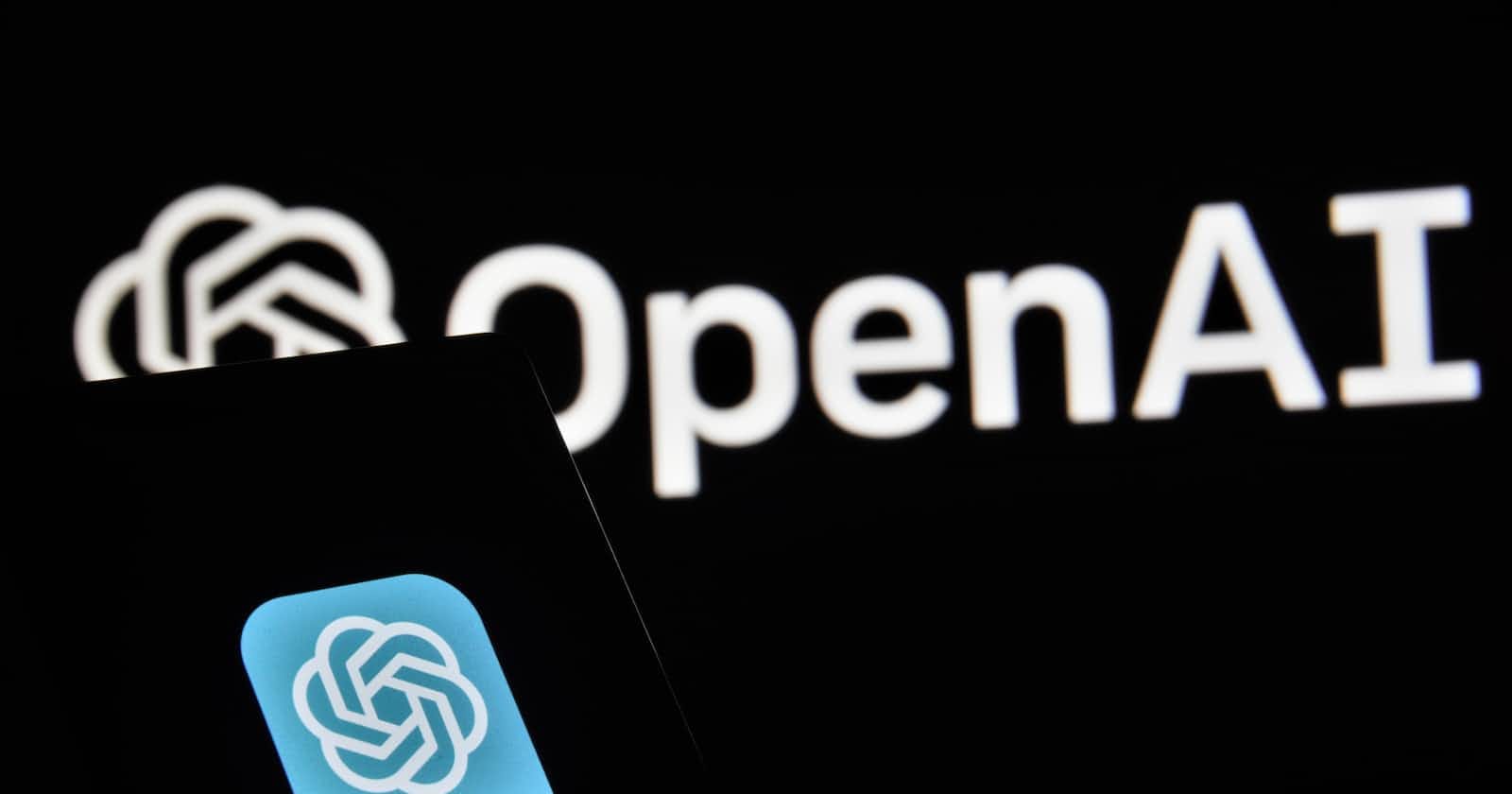
Photo by Mojahid Mottakin on Unsplash
Elevating Collaboration in Software Development: Pair Programming with AI
Introduction
Collaboration is essential for success in the dynamic world of software development. The advantages of pair programming, a well-known approach where two developers collaborate on a single computer, have been generally acknowledged. It encourages information exchange, better coding, and speedier problem-solving. We now have a new possibility to increase the power of pair programming thanks to the development of artificial intelligence (AI). With the help of examples like ChatGPT and Phind AI, we'll examine how incorporating AI into pair programming might fundamentally alter the way we create software in this article.
The Essence of Pair Programming
Before we delve into the AI component, let's revisit the core principles of pair programming:
Roles: Pair programming involves two roles - the "driver" and the "navigator." The driver writes the code while the navigator reviews it, suggests improvements, and thinks strategically about the code's direction.
Communication: Effective communication is the lifeblood of pair programming. Developers engage in constant dialogue, explaining their thought processes, sharing ideas, and collectively problem-solving.
Switching Roles: To keep the collaboration dynamic and balanced, developers often switch roles during a session. This ensures that both participants actively contribute and share their expertise.
Pair Programming with AI
Now, let's explore how AI can be seamlessly integrated into the pair programming process:
Code Analysis and Suggestions: AI can provide real-time code analysis, highlighting coding errors, inefficiencies, and style inconsistencies. This immediate feedback helps developers write cleaner, more efficient code. An excellent example of this is ChatGPT and Phind AI.
Contextual Information: AI can access vast repositories of documentation, code libraries, and best practices, instantly providing context-relevant information. This reduces the time spent searching for solutions and enables developers to stay focused on the task at hand. Phind AI is a prime example of an AI tool that excels in providing contextual information.
Code Generation: Advanced AI models can assist in generating code snippets for repetitive tasks, freeing developers from mundane chores and enabling them to concentrate on higher-level problem-solving.
Predictive Debugging: AI can predict and identify potential issues before they become critical bugs, enabling proactive debugging and improving overall code quality.
Knowledge Augmentation: AI can serve as a vast knowledge base, helping developers quickly explore new technologies, programming languages, or concepts. It's like having an expert mentor on demand.
Benefits of Pair Programming with AI
The incorporation of AI into pair programming, with tools like ChatGPT and Phind AI, offers several noteworthy advantages:
Enhanced Efficiency: AI can handle routine tasks, allowing developers to focus on more complex and creative aspects of coding.
Instant Learning: Developers can learn new skills and best practices in real-time through AI-driven guidance, contributing to continuous improvement.
Improved Code Quality: AI's code analysis and suggestions lead to cleaner, more maintainable code, reducing technical debt.
Faster Problem-Solving: AI assists in rapid issue identification and resolution, speeding up development cycles.
Reduced Cognitive Load: AI can shoulder some of the cognitive load, reducing developer fatigue during long sessions.
Best Practices for Pair Programming with AI
To maximize the benefits of this innovative approach, consider these best practices:
Clear Objectives: Set clear goals for your pair programming sessions with AI, defining how you'll leverage AI assistance.
Effective Communication: Maintain a high level of communication with both your human partner and the AI system. Discuss code, share thoughts, and collectively make decisions.
Balance AI and Human Expertise: Use AI as a supplementary tool rather than a replacement for human expertise. Strike a balance between AI suggestions and your own insights.
Feedback Loop: Regularly review and reflect on your pair programming sessions with AI. Use feedback to refine your collaboration process.
Conclusion
Pair programming with AI, exemplified by tools like ChatGPT and Phind AI, marks a significant step forward in collaborative software development. By harnessing the power of AI to enhance communication, knowledge-sharing, and code quality, teams can achieve greater efficiency and productivity. Embracing this evolution of pair programming is not just a response to the changing technological landscape; it's a means to empower developers to reach new heights in their craft.
If you found the article helpful and want to support more content, there are a few things you can do:
Share the knowledge: Spread the word about this blog to your friends, colleagues, or anyone who might be interested in tech. The more people we can reach, the more we can help aspiring developers.
Engage with us: Leave comments on our blog posts or YouTube videos, asking questions or providing feedback. Your engagement helps us understand your needs better and deliver content that addresses your concerns.
Donate: If you find value in our tutorials and would like to contribute financially, you can consider donating. Your support allows me to continue producing quality content and improving the learning experience for our audience.
Subscribe and follow: Subscribe to our blog or YouTube channel I plan on also doing video content soon. Also follow me on social media to stay updated with the latest episodes, tutorials, and announcements. By staying connected, you'll never miss an opportunity to enhance your knowledge/skills.
Thank you for being a part of my blog. Your support and engagement mean the world to me. Together, let's make the journey of exploding an exciting and fulfilling experience.
